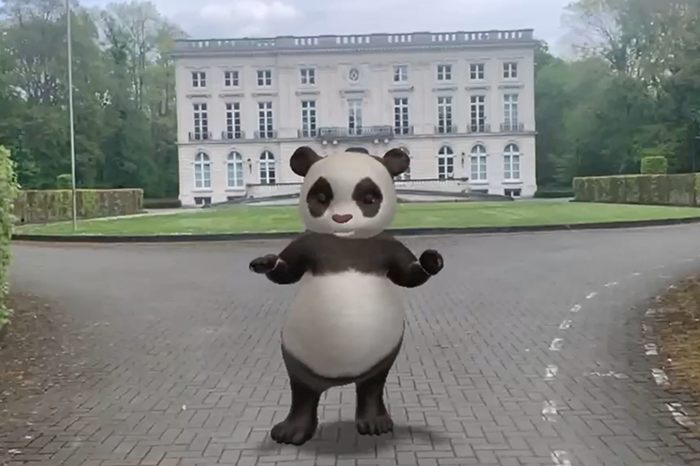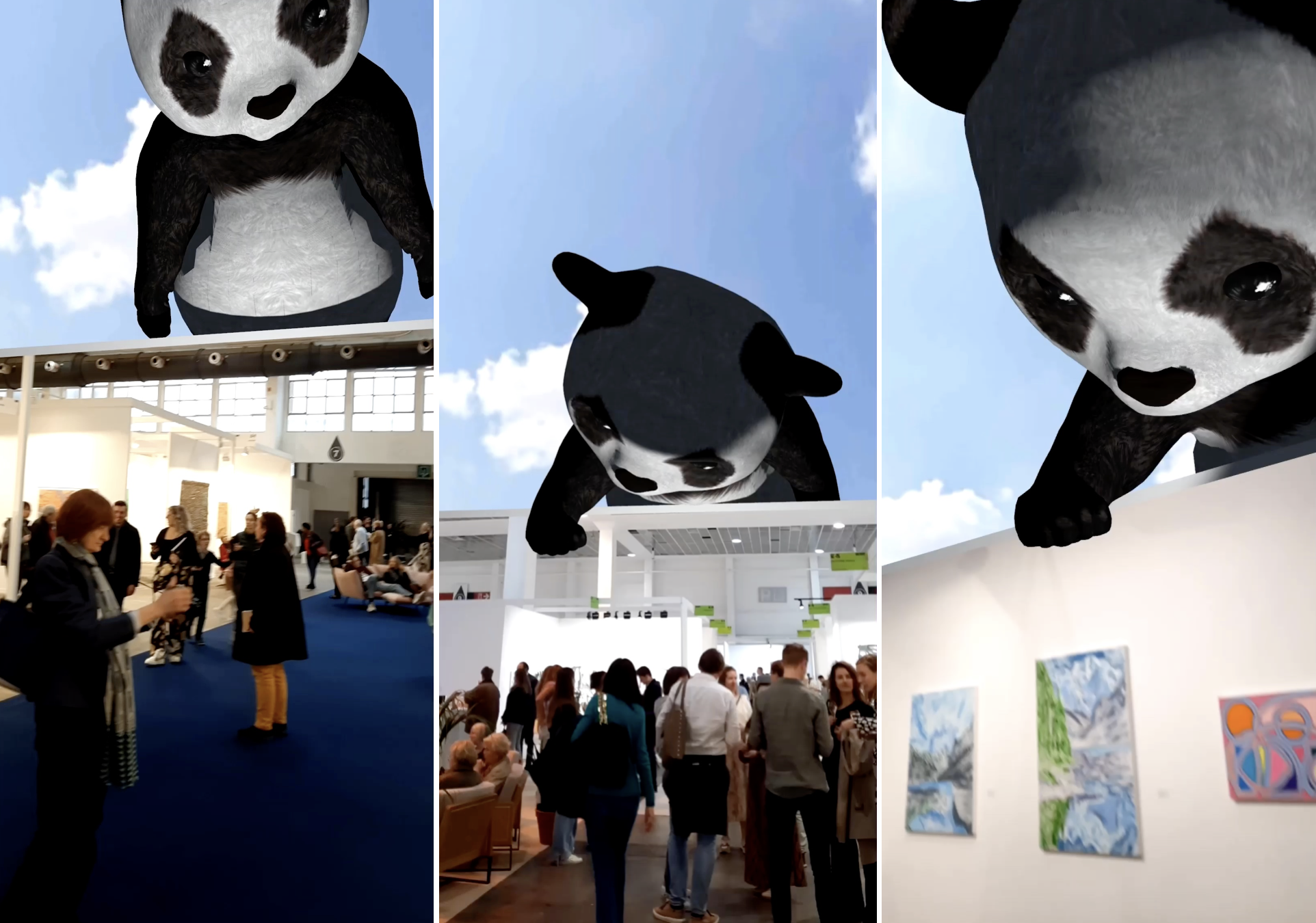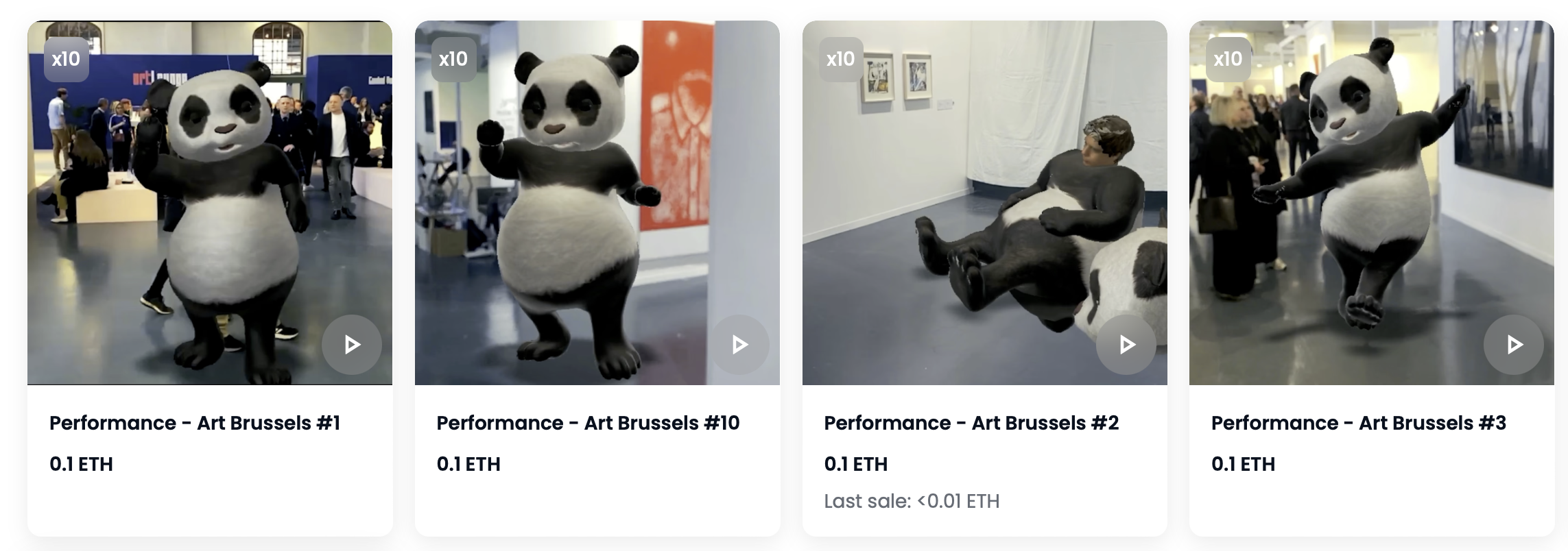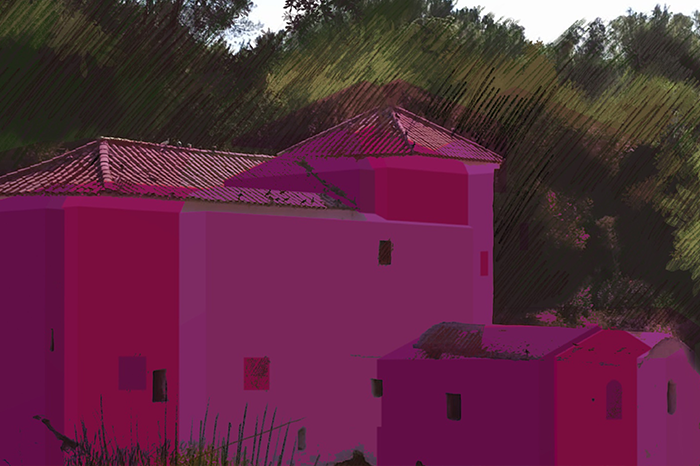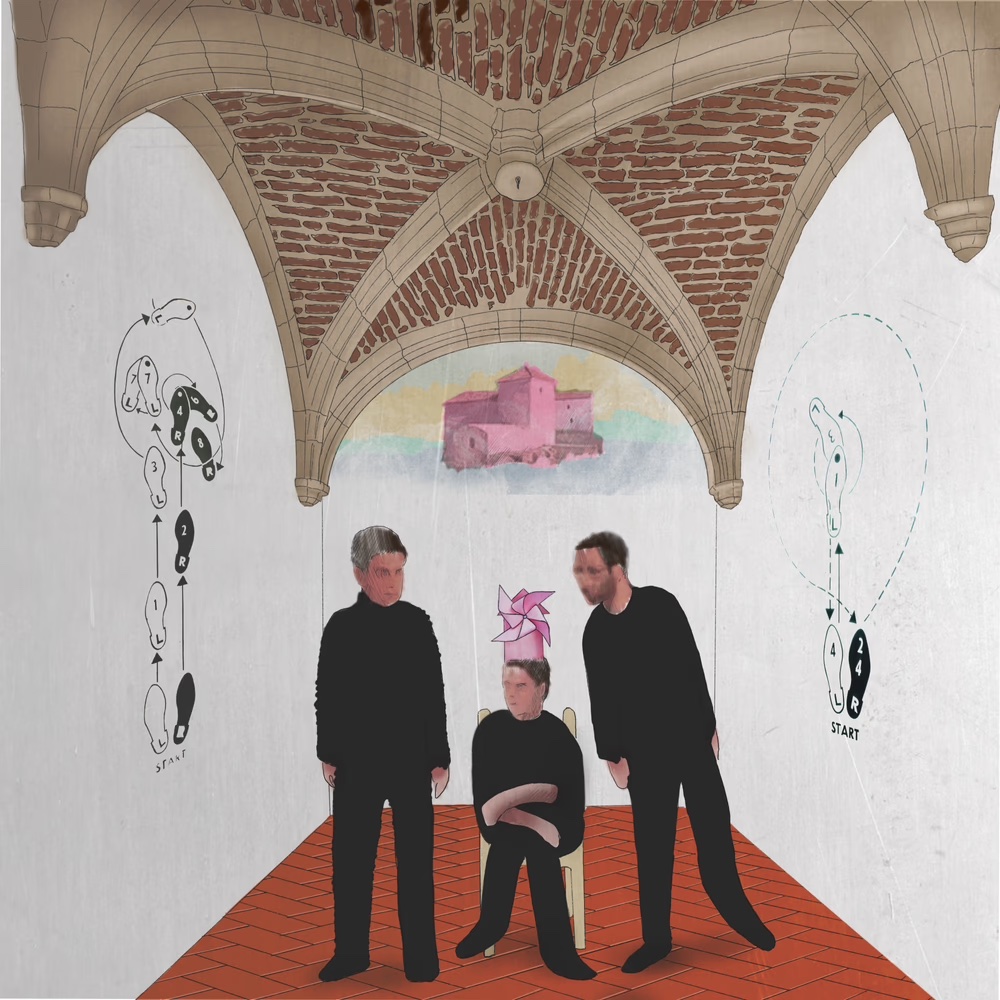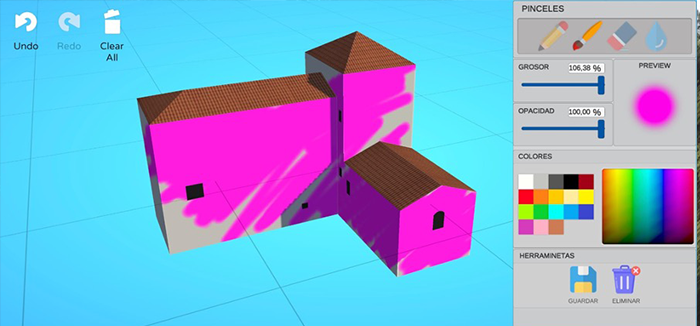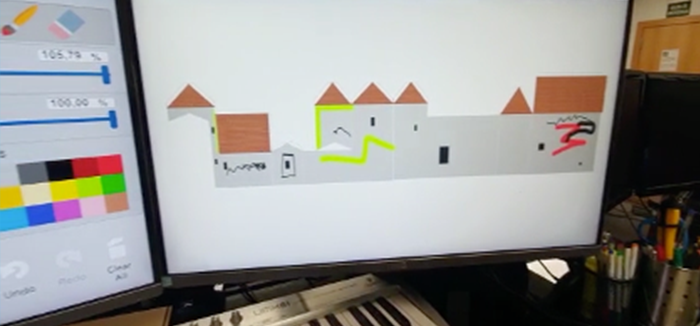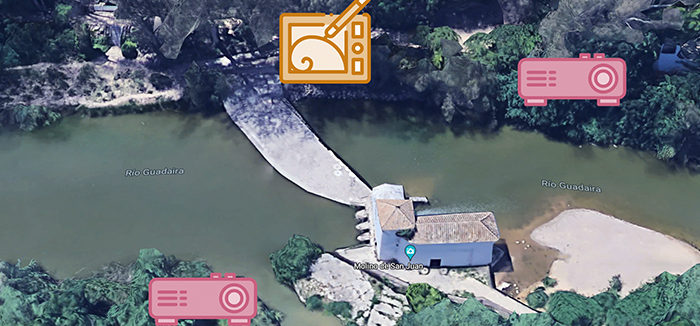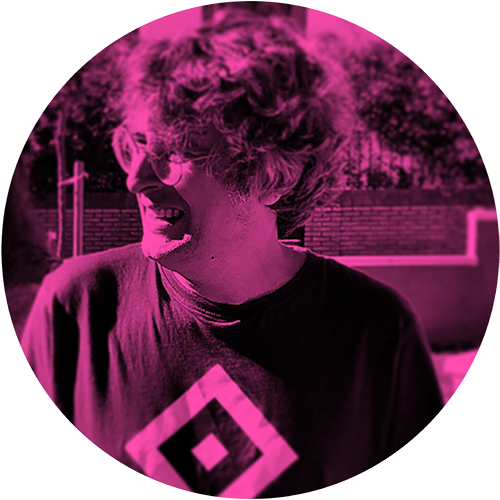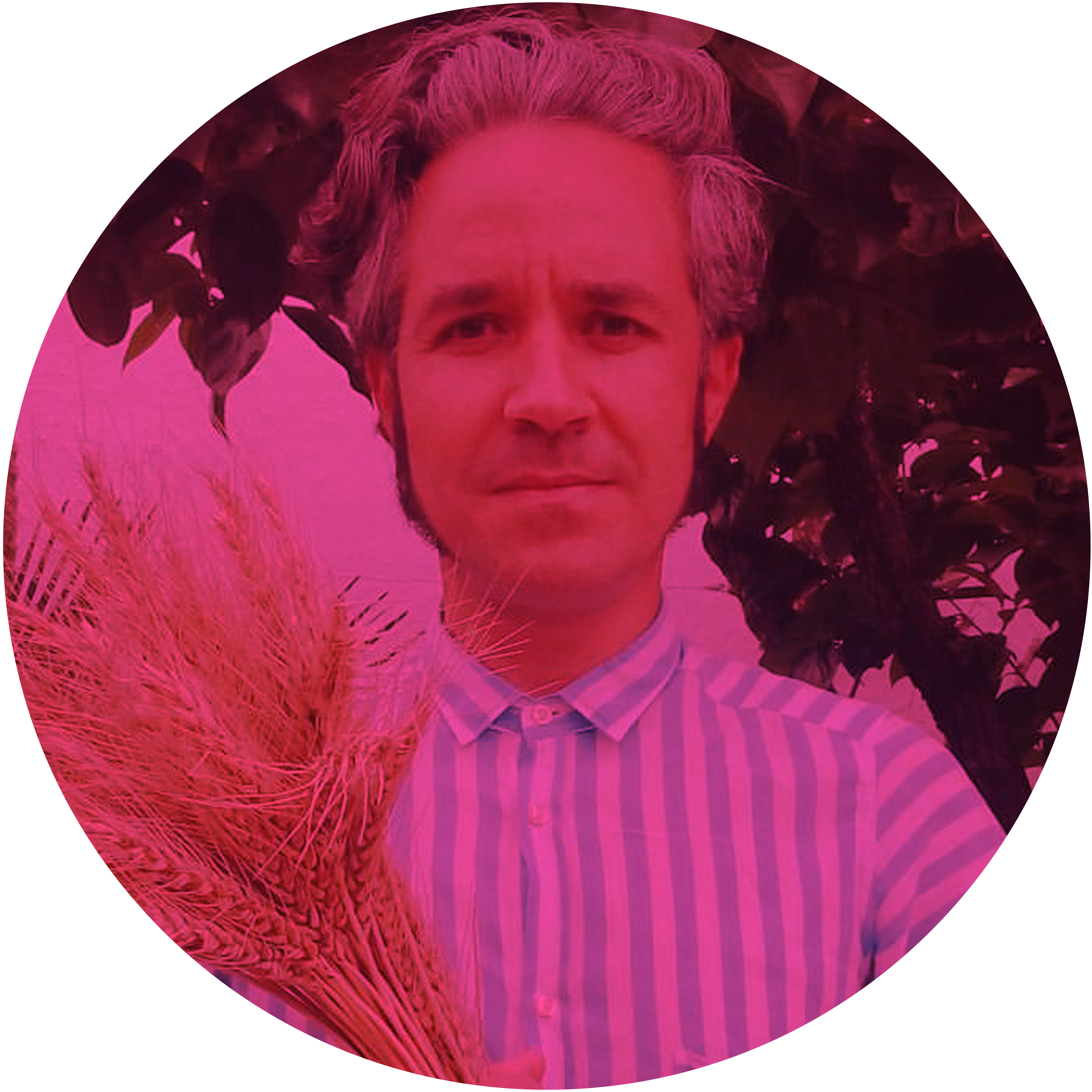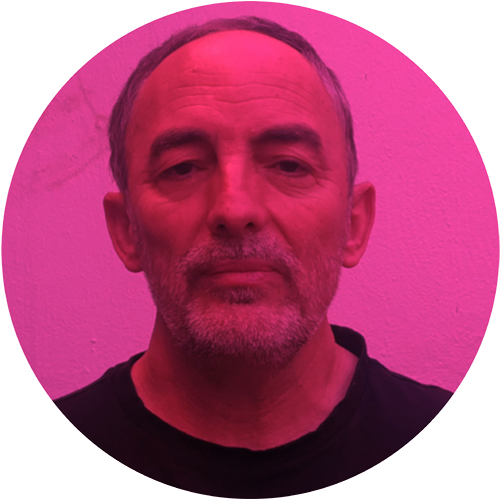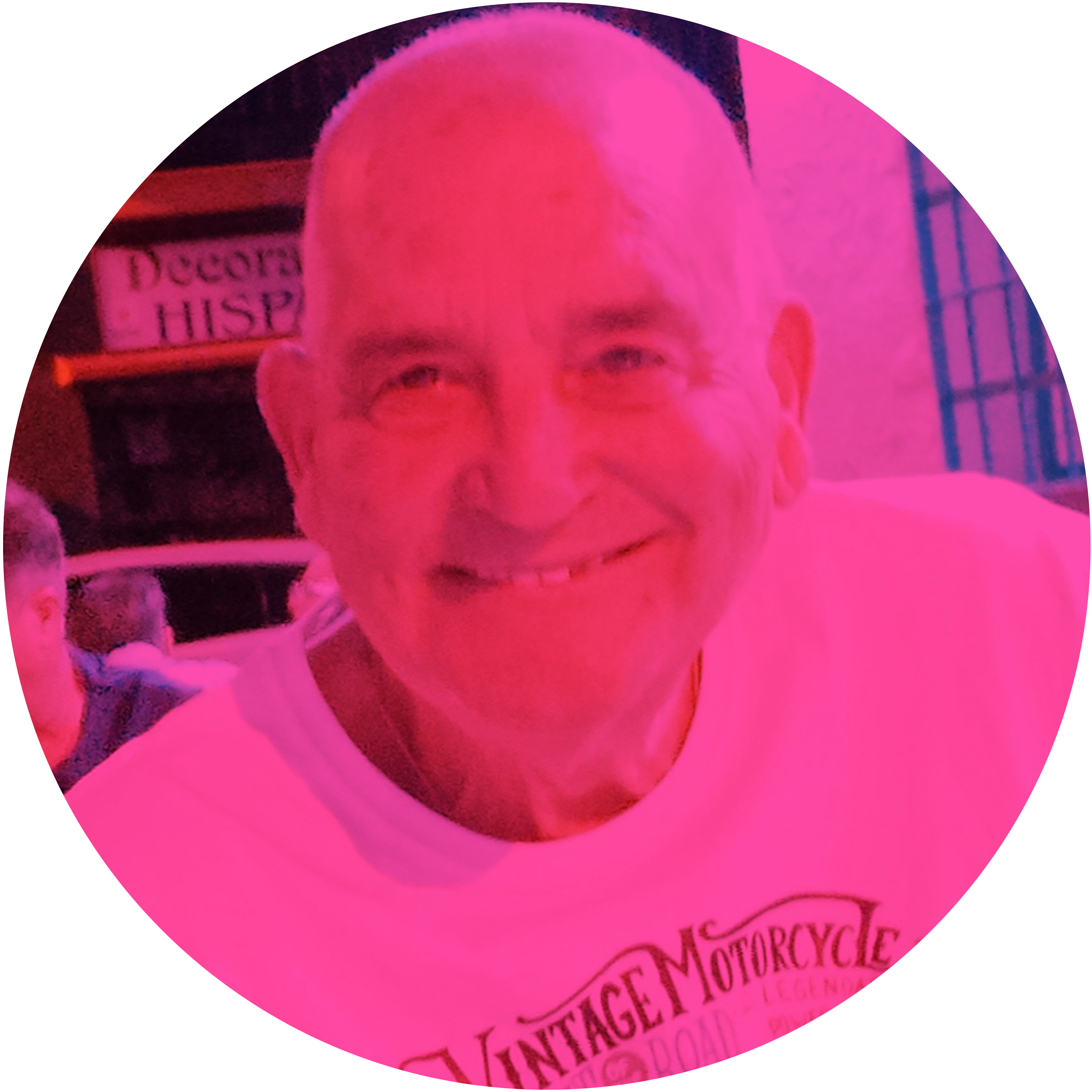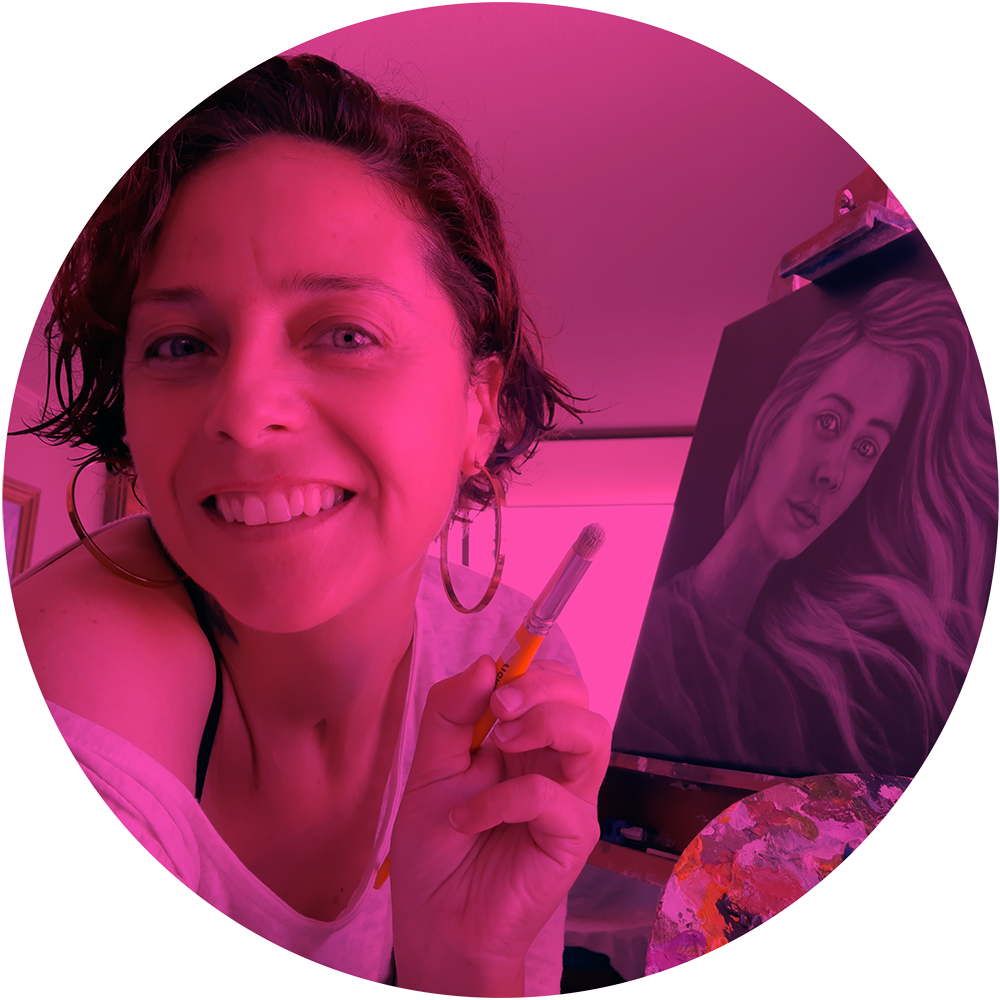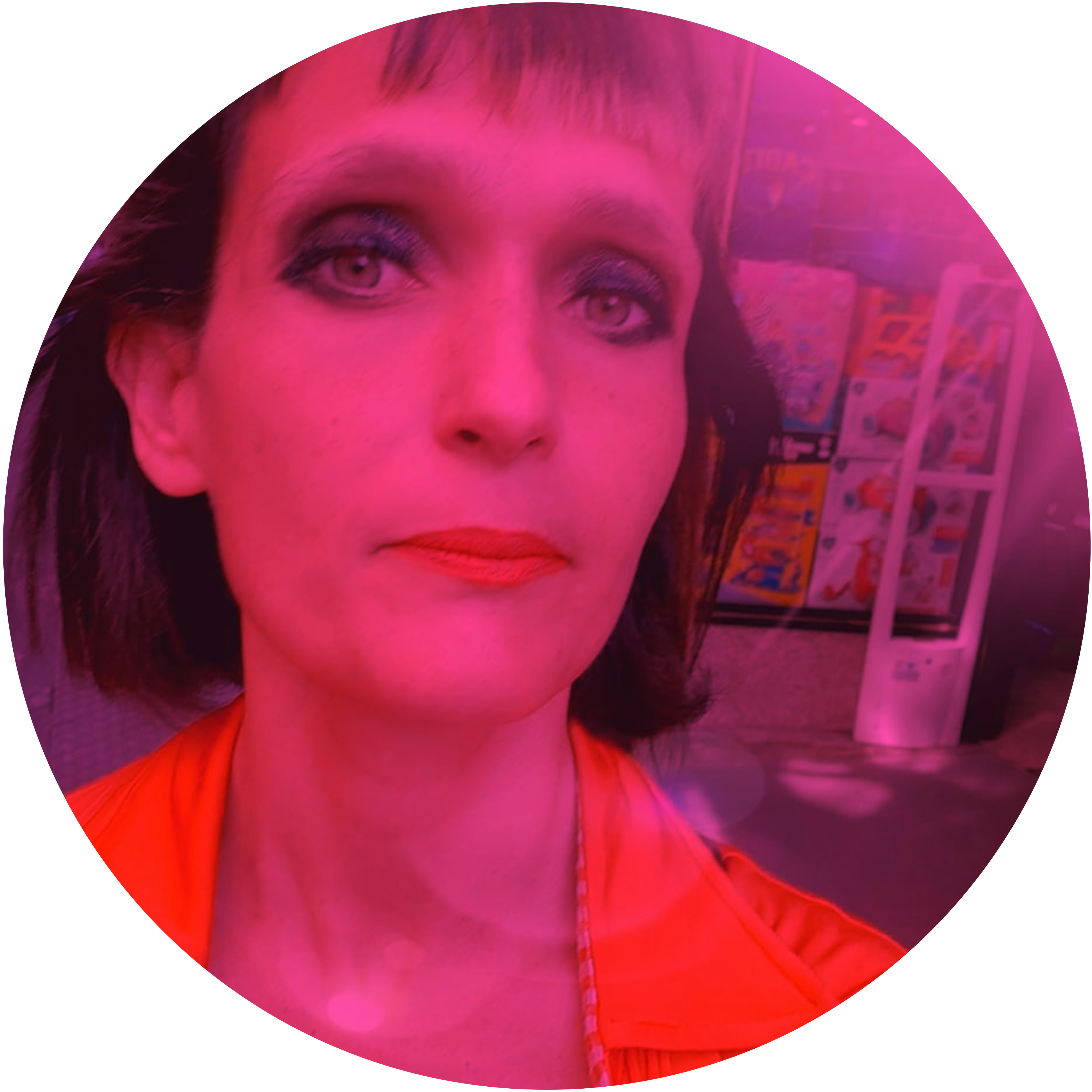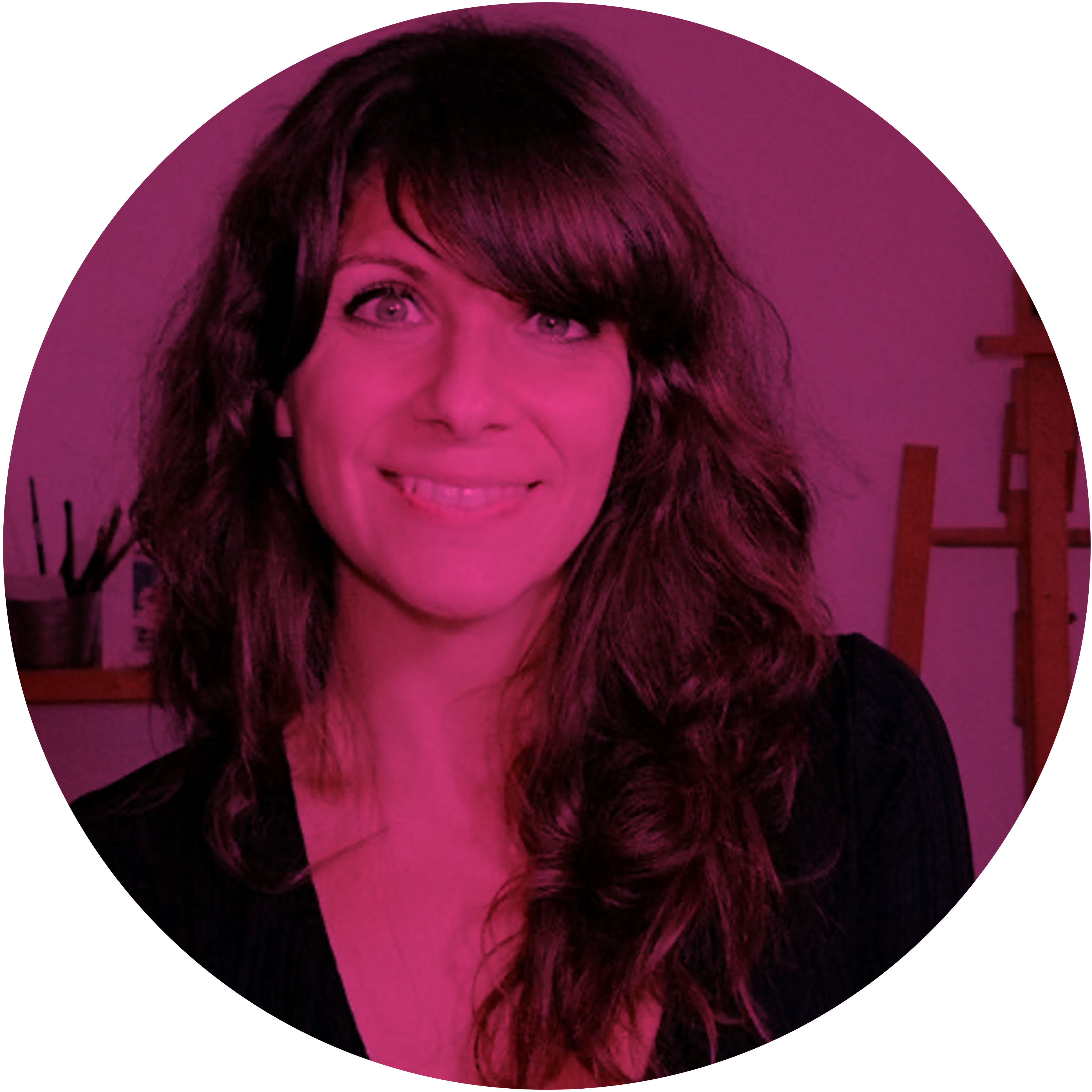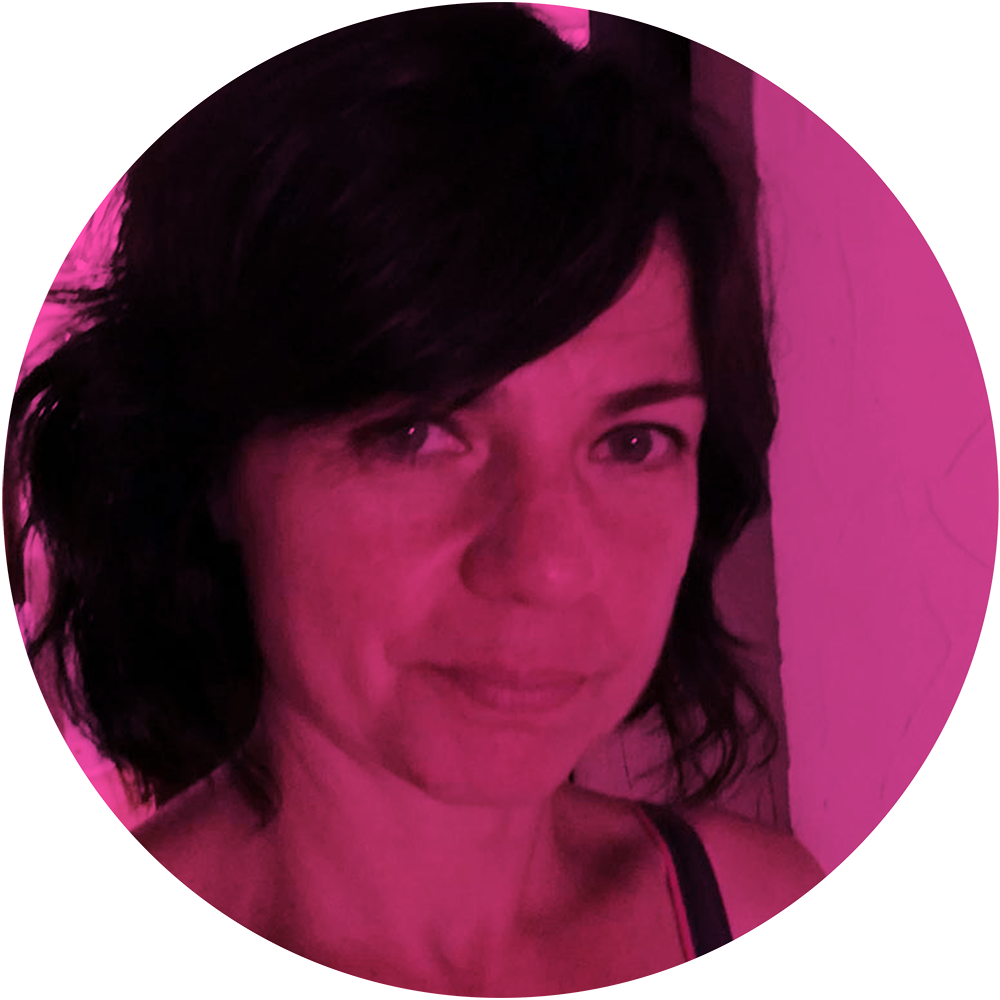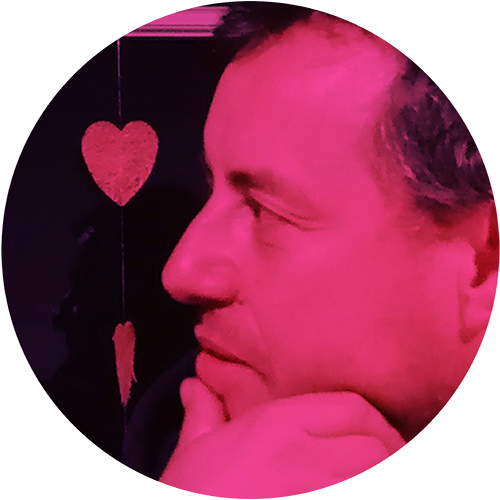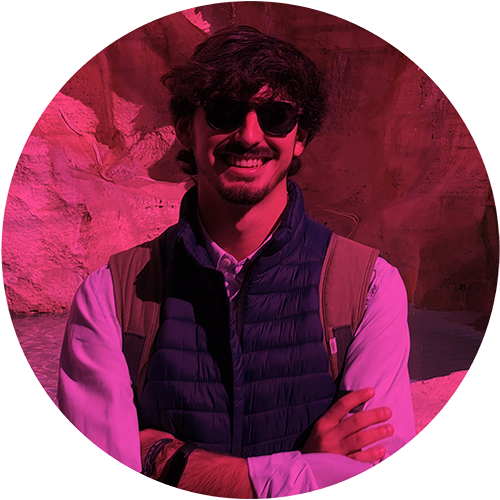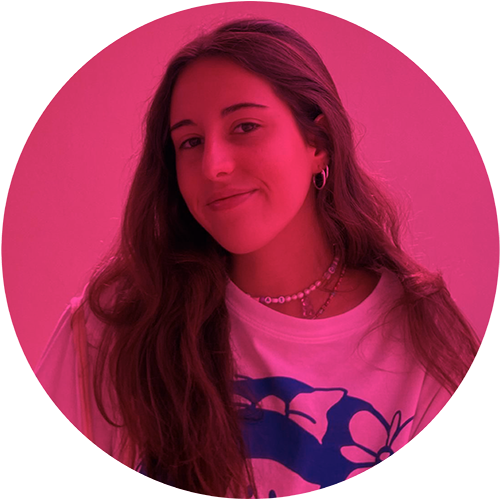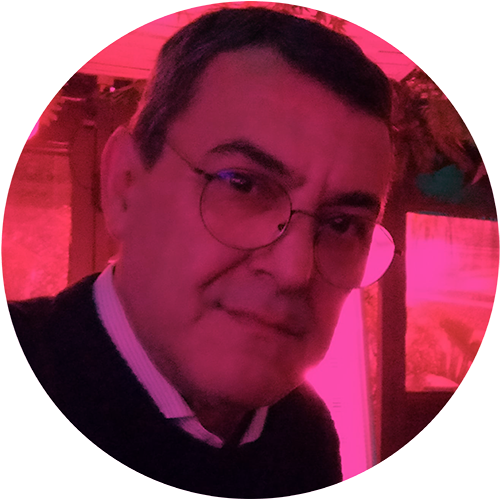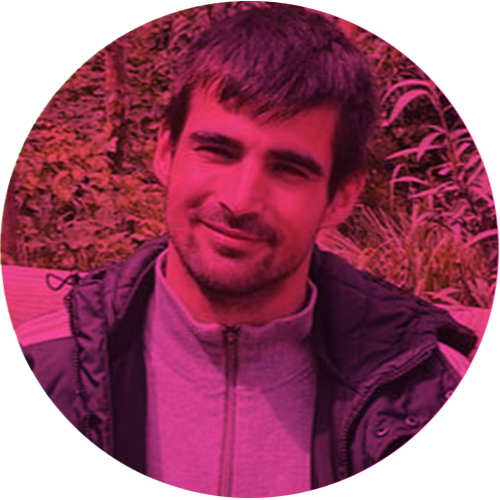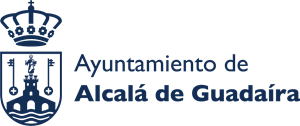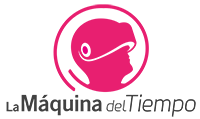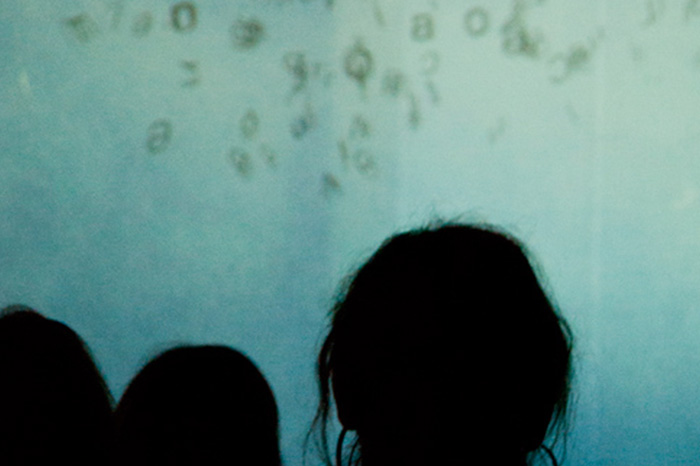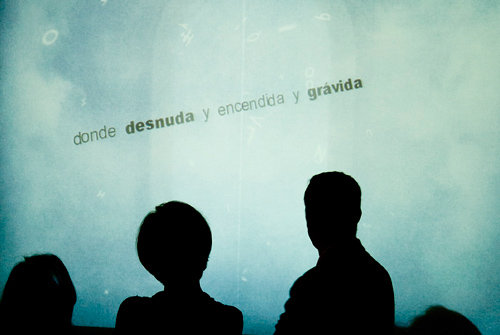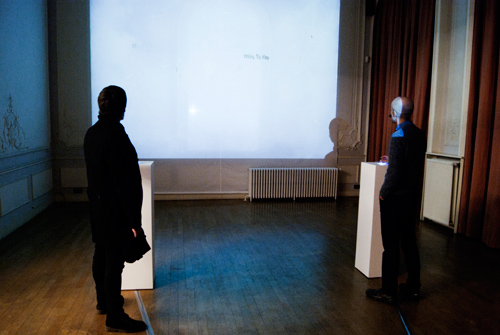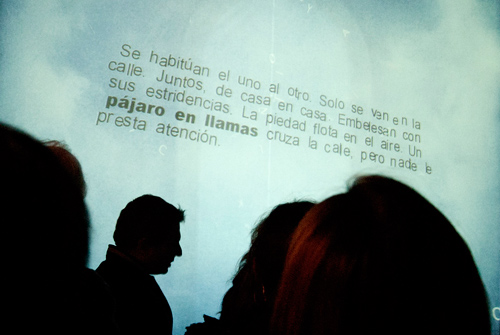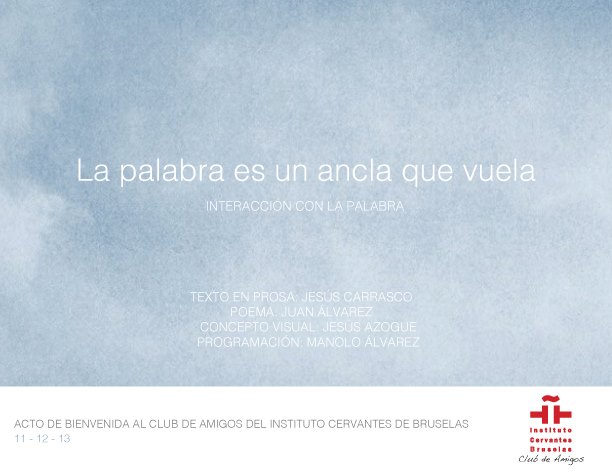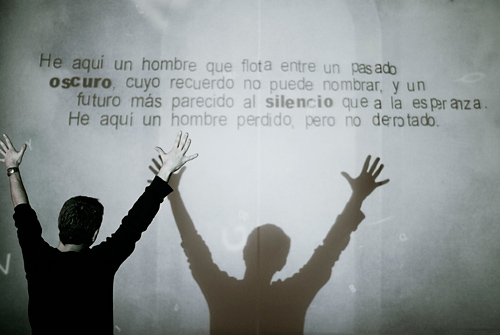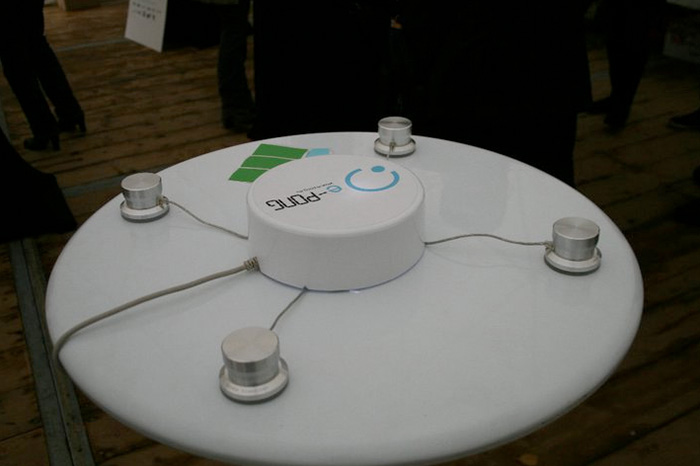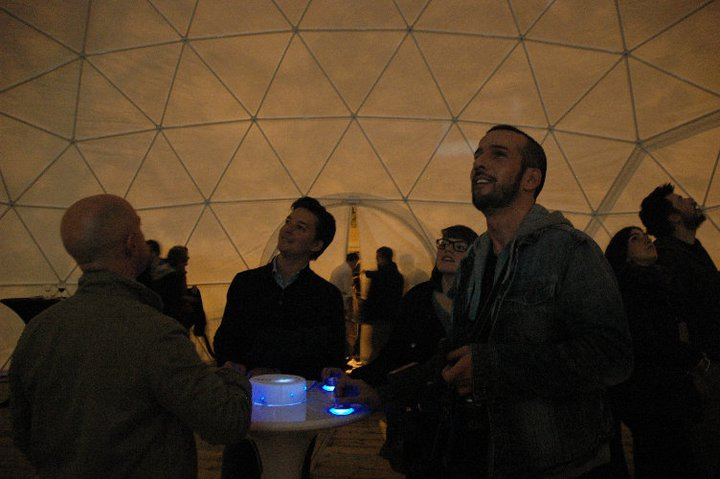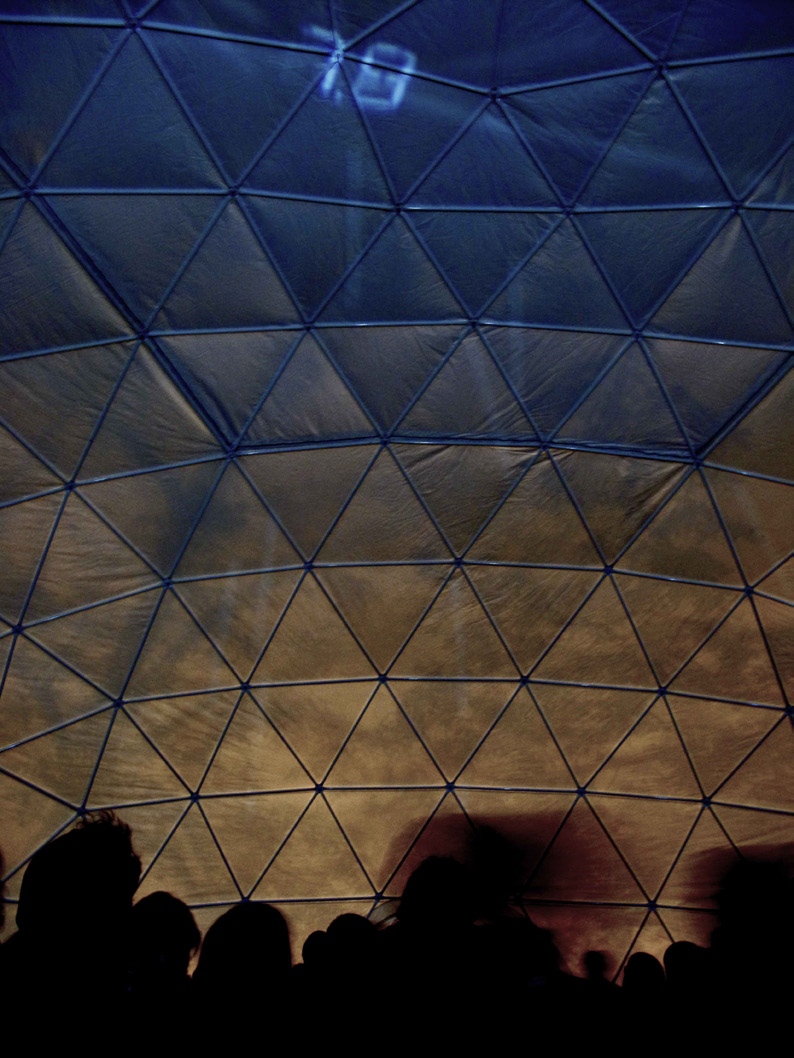
Short Description
Times of Change is a growing 3D-printed protest that invites you to become part of a fragile but collective act of resistance.
Project Overview
Times of Change is an interactive installation that explores the fragility of protest in our hyper-polarized era. Through LiDAR scanning and 3D printing, real people are transformed into miniature figures, each frozen in a moment of protest. These figures accumulate over time and across locations, forming a collective and evolving landscape of resistance.
Visitors are invited to join the movement by stepping into a 3D scanner, adopting a protest pose, and becoming part of a living archive. The result is a sculptural protest that travels from place to place, carrying the silent voices of those who stood up.
This project raises a question: when dissent is miniaturized, packed up, and made portable—does it still hold its power?
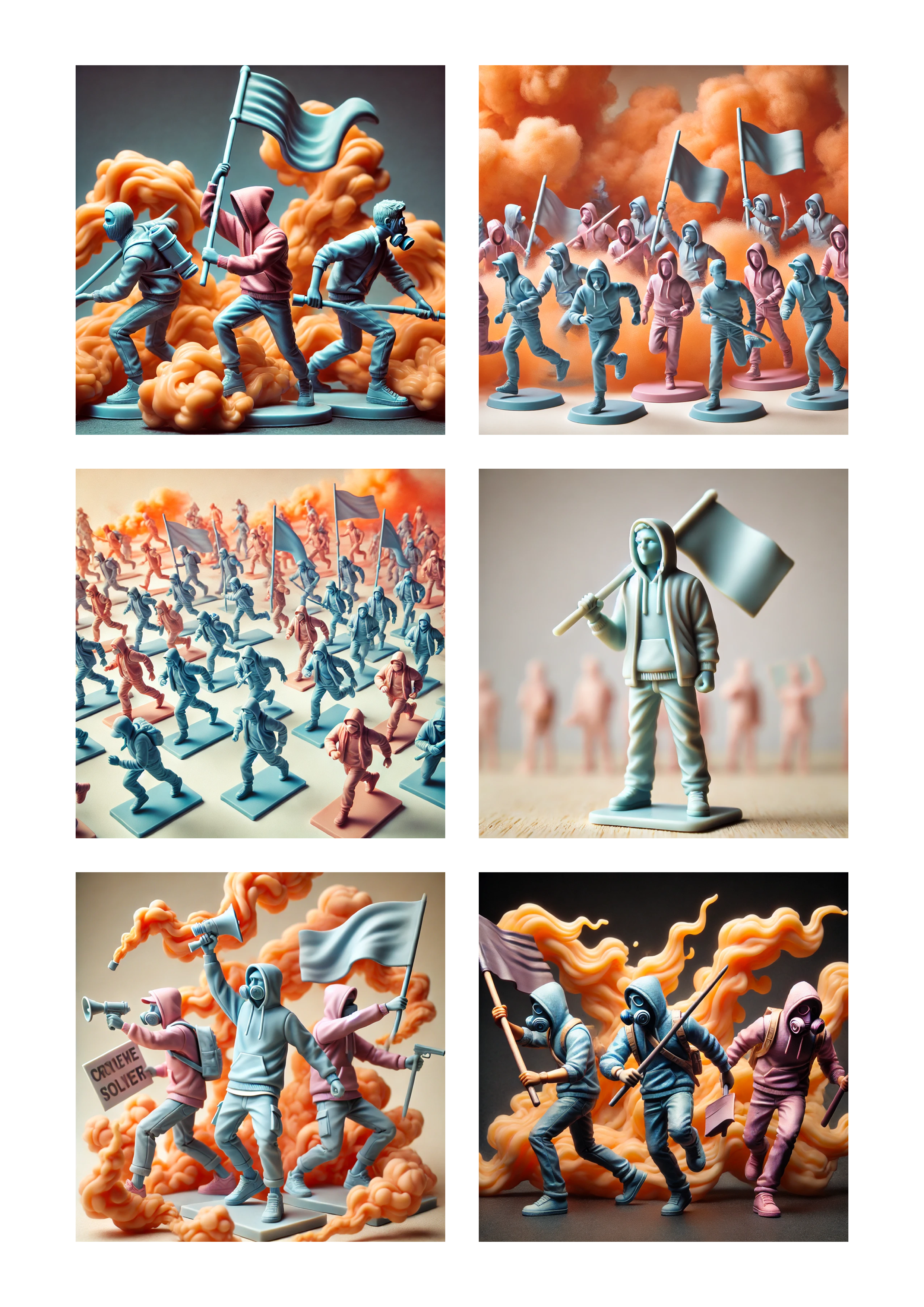
Concept
In a world where activism is increasingly suppressed, co-opted, or turned into spectacle, this installation serves as both a tribute and a critique. While the figures may appear fragile and small—resembling toy soldiers—their presence together is a reminder of the collective force of resistance.
The project incorporates AI-generated visuals that blur the boundaries between real and simulated protest, emphasizing how digital tools can distort or amplify activism. A complementary Augmented Reality (AR) experience allows users to place virtual protests in their own surroundings, extending the artwork beyond the exhibition space.
How It Works
-
Participants are scanned in full-body 3D while striking protest poses
-
The digital models are cleaned, processed, and 3D-printed as miniatures
-
Each figure is added to the installation, growing the protest over time
-
Visitors can receive collectible envelopes with mini protesters to take home
-
AI-generated visuals and AR components expand the narrative
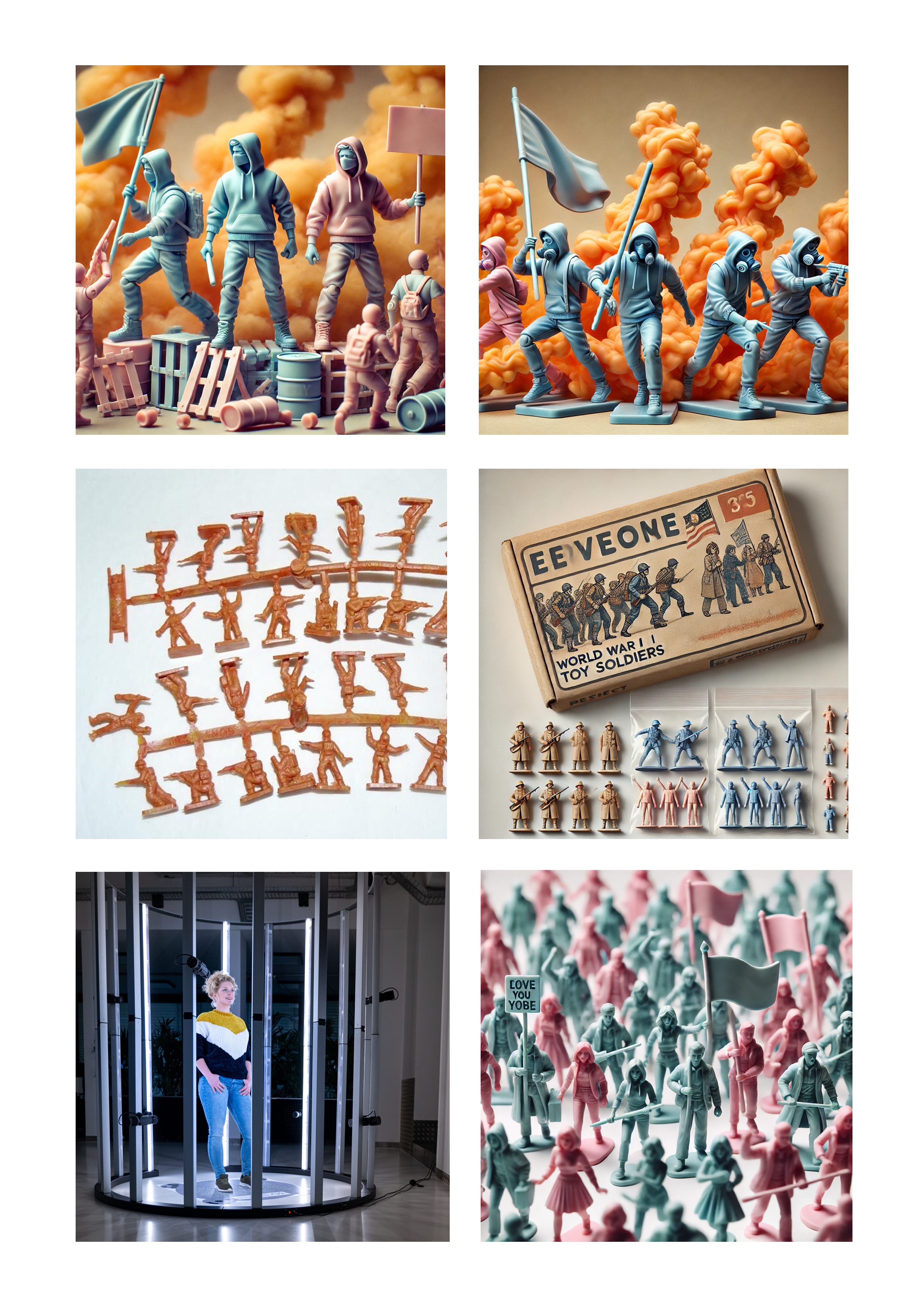
Participation and Evolution
Every exhibition adds new voices to the archive. The work evolves with each iteration, not only in size but in meaning. It becomes a testimony of shared dissent, questioning the visibility and impact of activism in an age of digital mediation.
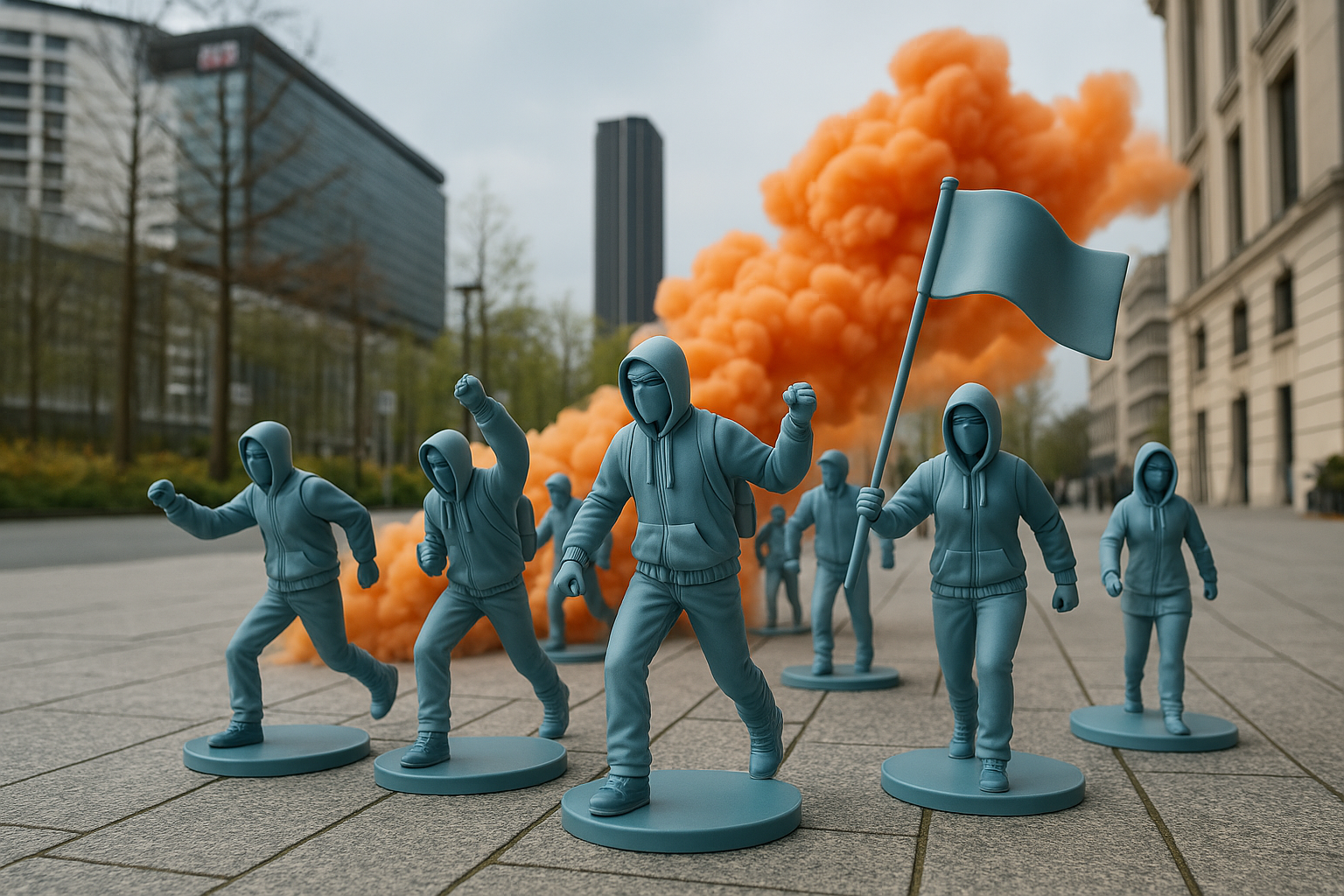
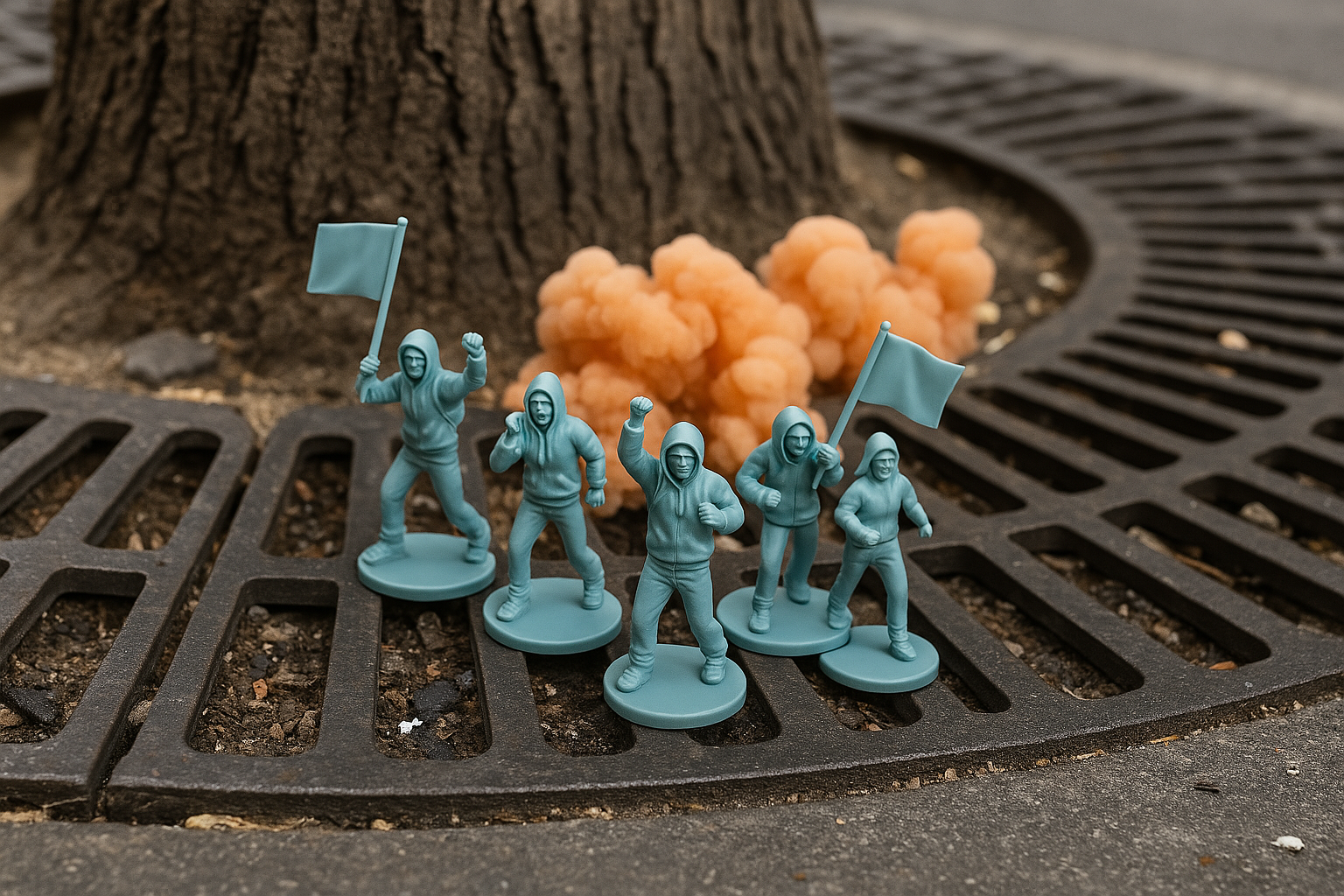
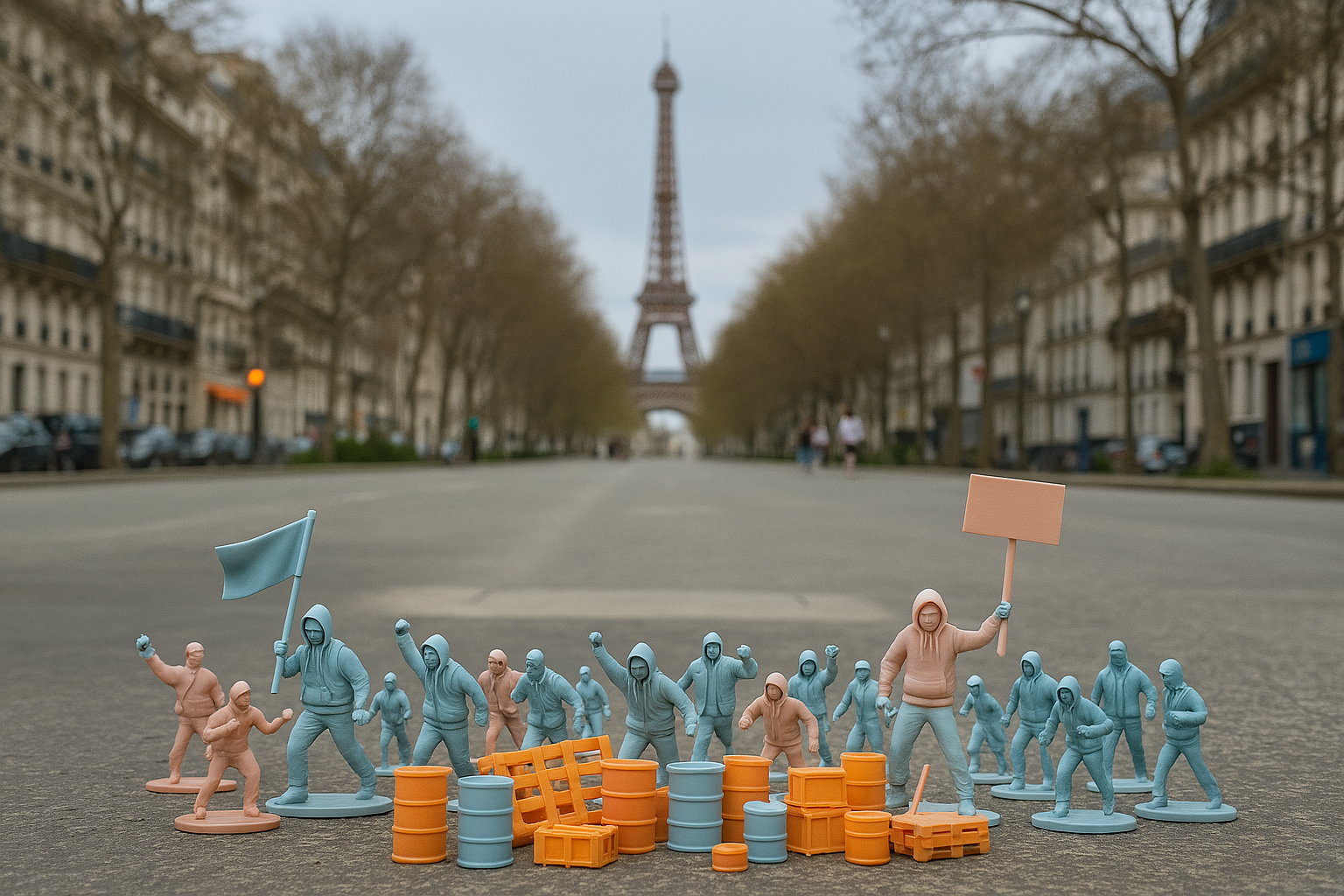
Media
3D scanning, 3D printing, AI-generated imagery, Augmented Reality


